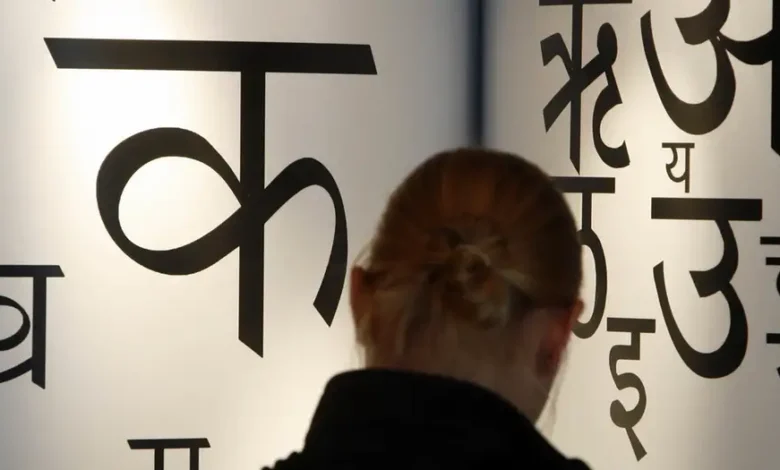India’s push for Hindi faces national backlash amid growing language tensions
Language is a touchy subject in India, where 1.4 billion people speak a mosaic of over a hundred languages and thousands of dialetcs.

India’s Home Minister Amit Shah recently sparked controversy by declaring that those who speak English in India would “soon feel ashamed.”
His remarks, made in the context of promoting the use of Indian languages, reflect the Bharatiya Janata Party’s (BJP) broader agenda of prioritizing Hindi in official and public life. Shah emphasized that India’s languages are “jewels of our culture,” asserting that India should strive to lead globally through its native tongues rather than English.
The BJP-led government under Prime Minister Narendra Modi has increased the use of Hindi in official communication, documentation, court proceedings, and recruitment — especially in Hindi-speaking regions, writes dw.com
This linguistic shift — (language is a touchy subject in India, where 1.4 billion people speak a mosaic of over a hundred languages and thousands of dialects — however, has provoked strong resistance, particularly from southern states where Hindi is not commonly spoken and is seen as foreign as English.
India officially recognizes 22 languages, with both Hindi and English designated for use at the federal level. Each state chooses its own official languages. Hindi, spoken by approximately 43% of the population, is the most widely used, followed by languages such as Bengali, Marathi, Telugu, and Tamil.
Despite calls to phase out English, it continues to dominate in key sectors such as education, business, and law, and is widely viewed as essential for social and economic mobility. Many parents still prioritize sending their children to English-medium schools in pursuit of better opportunities.
In Tamil Nadu, Chief Minister MK Stalin has strongly opposed the central government’s push for Hindi, particularly through the revised National Education Policy (NEP) of 2020.
The NEP retains a “three-language formula,” which Tamil Nadu views as a backdoor method of imposing Hindi on non-Hindi states. The state has reaffirmed its preference for teaching only Tamil and English in schools.
Cultural and political concerns have fueled this backlash. Critics argue that the central government’s promotion of Hindi amounts to an attempt to homogenize India’s diverse cultures, potentially undermining federalism and regional identities.
Although the government claims to support all Indian languages, heavy financial and institutional support for Hindi has been viewed by some as an imbalanced policy. Experts like Professor Dwaipayan Bhattacharya of Jawaharlal Nehru University warn that “unity should not mean uniformity imposed by the state.” He stresses the need for dialogue between the central and state governments to avoid cultural alienation.
In the meantime, Hindi has been spreading through popular media such as Bollywood, and migration patterns from northern India to southern cities have further increased the language’s visibility.
While the promotion of Hindi is presented as a way to reinforce national identity, its perceived imposition risks deepening regional divides and cultural tensions. In a nation with 1.4 billion people speaking hundreds of languages and dialects, language remains not only a symbol of identity but also a sensitive political and social issue.













